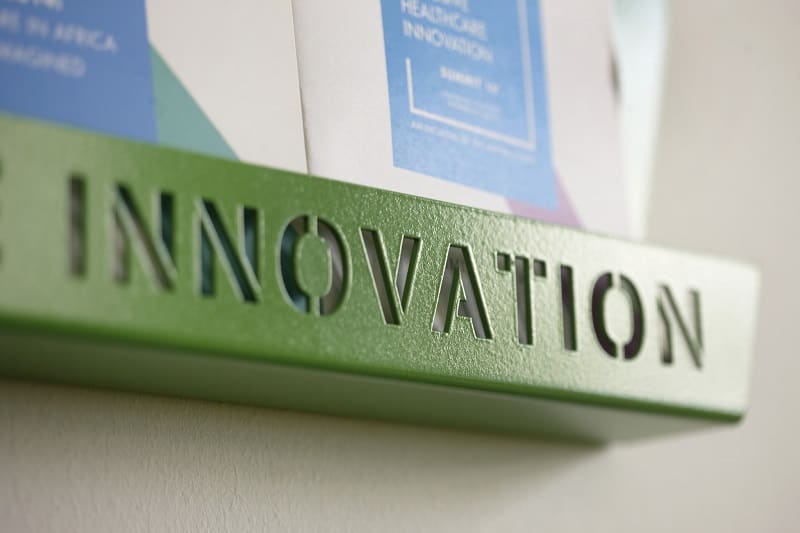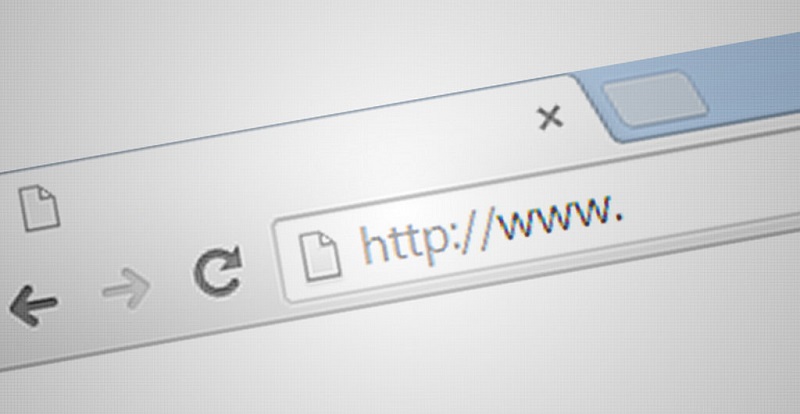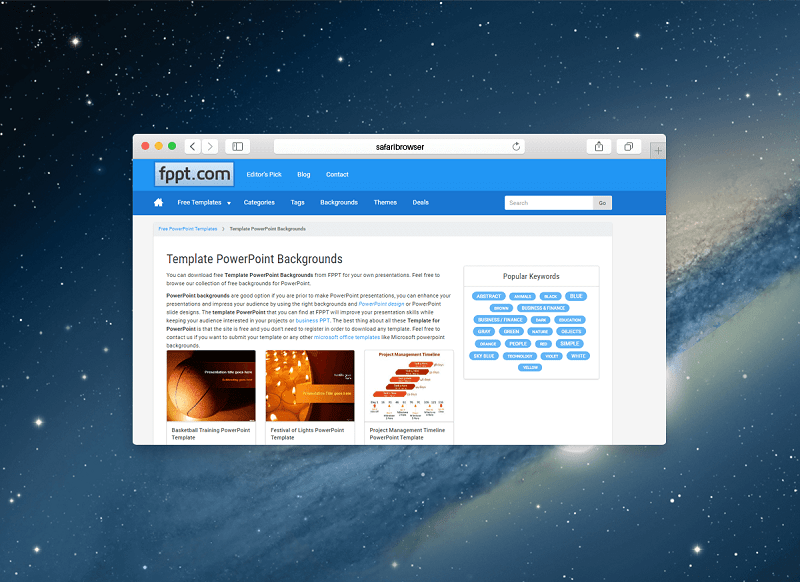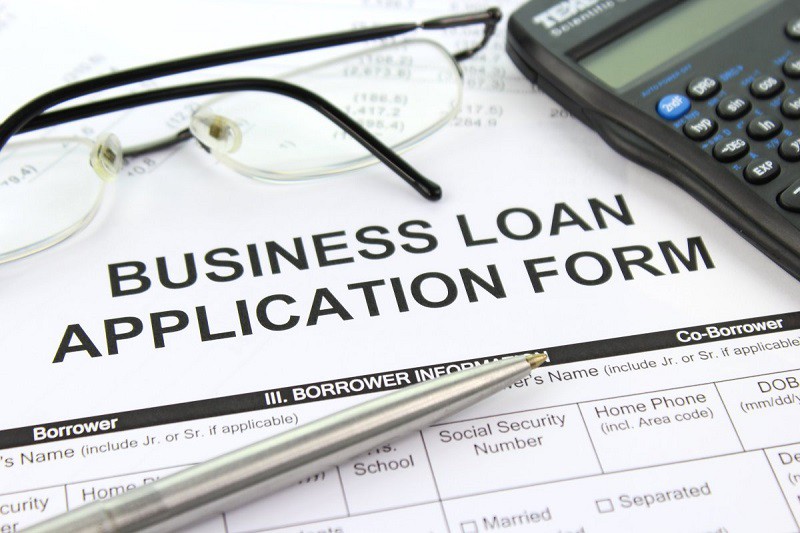The VAT reverse charge mechanism shifts the responsibility for reporting VAT from the supplier to the customer in specific business-to-business transactions. Introduced to combat missing trader fraud, this system has become increasingly important for UK businesses, particularly after recent legislative changes affecting construction and service industries.
“The reverse charge represents one of the most significant changes to UK VAT accounting in recent years, yet many businesses remain uncertain about their obligations,” explains James Cartwright, Senior Tax Advisor at Mitchell & Co. “Properly understanding this mechanism is crucial for compliance and cash flow management.”
When the reverse charge applies, suppliers don’t charge VAT on their invoices. Instead, customers account for VAT on their purchases through their VAT returns. This creates a zero-sum game for most VAT-registered businesses but requires careful attention to proper calculation and documentation.
Table of Contents
Legal Framework for VAT Reverse Charge
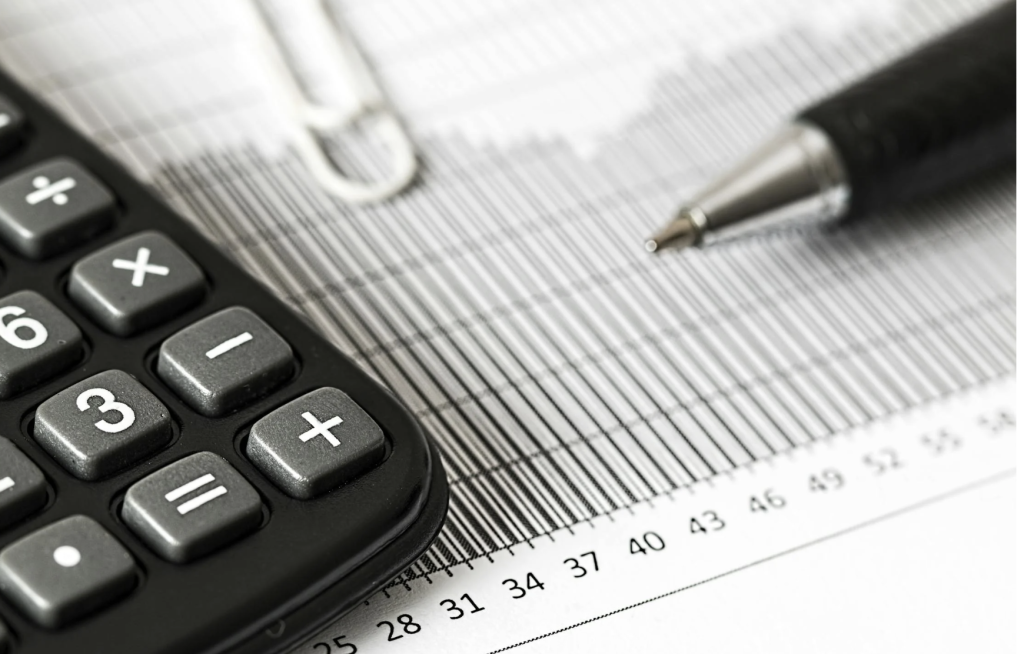
The legal foundation for VAT reverse charge in the UK stems from the Value Added Tax Act 1994, with significant updates implemented through various Finance Acts. The most notable recent change came with the introduction of the VAT domestic reverse charge for building and construction services in March 2021, following several postponements.
HMRC regularly publishes guidance on reverse charge applications through VAT Notices, with the primary ones being:
- VAT Notice 735: Domestic reverse charge procedure
- VAT Notice 731: Cash accounting
- VAT Notice 733: Flat rate scheme
- VAT Notice 700/25: Construction sector specific guidance
According to HMRC statistics published in October 2023, the construction sector reverse charge has helped reduce fraud by an estimated £245 million since implementation, demonstrating the importance of this mechanism in protecting tax revenue.
Transactions Subject to VAT Reverse Charge
The reverse charge applies to specific types of transactions and sectors. Understanding when to apply it is essential for compliance.
Domestic Transactions
In the UK, reverse charge applies to:
- Construction services between VAT-registered businesses in the Construction Industry Scheme
- Mobile phones and computer chips (for wholesale)
- Emissions allowances
- Gas and electricity wholesale
- Telecommunications services
- Renewable energy certificates
Cross-Border Services
For international B2B services, the reverse charge generally applies when:
- Services are supplied by a business outside the UK
- The customer is a UK VAT-registered business
- The place of supply is the UK under VAT rules
After Brexit, this now applies to all services from EU businesses that would be taxable supplies if made in the UK.
“Post-Brexit, we’ve seen a 34% increase in businesses seeking guidance on cross-border reverse charge applications. The regulatory changes have created a complex landscape that many SMEs find challenging to navigate without specialist support,” notes Emily Richards, International Tax Director at UK Business Advisors Association.
Step-by-Step VAT Reverse Charge Calculation
Calculating VAT reverse charge involves several clear steps:
- Identify whether the transaction qualifies for reverse charge
- Apply the correct VAT rate to the net value of the supply
- Record the transaction correctly in your accounting system
- Report the VAT on your VAT return
For most businesses, using a VAT reversal calculator like the one provided by ANNA Money can significantly simplify this process and reduce the risk of errors. These tools automatically apply the correct rates and help ensure your calculations comply with current regulations.
Practical Calculation Examples
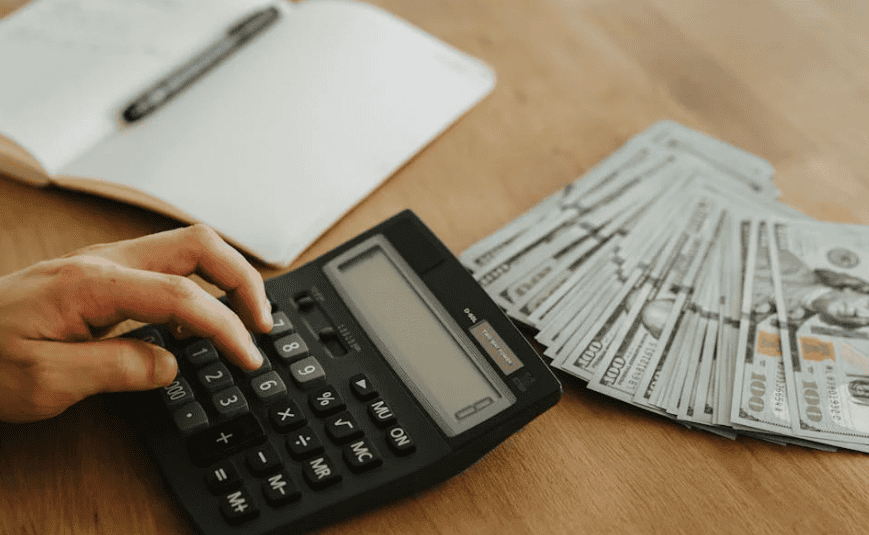
Let’s examine how reverse charge calculations work in practice:
Example 1: Domestic Construction Services
A building contractor (VAT registered) provides construction services worth £10,000 to a property developer who will sell new buildings (also VAT registered).
- The contractor’s invoice shows: £10,000 with no VAT charged
- The invoice must state: “Reverse charge: Customer to pay the VAT to HMRC”
- The developer accounts for VAT: £10,000 × 20% = £2,000
- On their VAT return, the developer:
- Includes £10,000 in Box 1 (VAT due on sales)
- Includes £10,000 in Box 4 (VAT reclaimed on purchases)
- Reports £10,000 in Box 6 (Total value of sales excluding VAT)
- Reports £10,000 in Box 7 (Total value of purchases excluding VAT)
Example 2: Cross-Border Services
A UK marketing agency receives consultancy services from a German business consultant charging €5,000.
- Convert to GBP: €5,000 = £4,250 (using the appropriate exchange rate)
- Calculate UK VAT: £4,250 × 20% = £850
- The agency accounts for £850 VAT on their return
- If fully taxable, they can also reclaim this amount
Important Note: According to HMRC enforcement data, incorrect VAT reverse charge application resulted in penalties totaling over £12.3 million in the 2022/23 tax year. Most errors related to missing or incorrect invoice statements and failure to account for VAT on the correct return.
Invoicing Requirements Under Reverse Charge
Correct invoicing is crucial for reverse charge compliance. Invoices must:
- Clearly state that the reverse charge mechanism applies
- Include the statement “Reverse charge: Customer to account for VAT to HMRC”
- Show the amount of VAT due but not charge it
- Include all normal invoice requirements (business details, VAT numbers, etc.)
- For construction services, include appropriate CIS verification details
HMRC audits frequently focus on invoice compliance, as this is where many businesses make errors that can result in penalties.
VAT Return Completion with Reverse Charge
When completing VAT returns with reverse charge transactions, businesses must:
For Suppliers (sellers):
- Include the net value of reverse charge sales in Box 6 (total value of sales excluding VAT)
- Do not include any VAT in Box 1 (VAT due on sales)
For Customers (buyers):
- Include the net value of reverse charge purchases in Box 7 (total value of purchases excluding VAT)
- Include the VAT amount in Box 1 (VAT due on sales)
- Include the same VAT amount in Box 4 (VAT reclaimed on purchases) if entitled to full input tax recovery
Many businesses find this dual reporting confusing initially, which is why specialized accounting software is often recommended.
Business Impact and Cash Flow Considerations
The VAT reverse charge has significant implications for business operations and cash flow:
Cash Flow Advantages and Disadvantages
For customers, the reverse charge can be cash flow neutral if they can fully recover input VAT. They simultaneously account for output VAT (Box 1) and reclaim it as input VAT (Box 4).
For suppliers, however, the impact can be substantial:
- No longer receiving VAT payments from customers, which may have previously provided temporary working capital
- Potential reduction in turnover affecting flat-rate scheme benefits
- Possible increase in VAT repayments from HMRC
According to the Federation of Small Businesses, 37% of construction firms reported significant negative cash flow impacts in the first six months following the implementation of the construction industry reverse charge.
Common Challenges and Practical Solutions
Businesses frequently encounter these challenges with VAT reverse charge:
- Determining when reverse charge applies
- Establish clear customer verification processes including VAT number validation
- Cash flow disruption for suppliers
- Review financial planning, consider monthly VAT returns, and evaluate working capital needs
- Incorrect invoice formatting
- Update invoice templates and accounting software to include required statements
- VAT return errors
- Implement double-checking procedures and consider using specialized accounting software
- Flat Rate Scheme complications
- Reassess whether the scheme remains beneficial after reverse charge implementation
Frequently Asked Questions
What penalties might I face for incorrect reverse charge application?
Penalties depend on the nature of the error and whether HMRC considers it careless, deliberate, or deliberate and concealed. They typically range from 30% to 100% of the VAT error, though HMRC may reduce penalties for unprompted disclosure and cooperation.
How do I correct an invoice if I’ve applied VAT incorrectly?
Issue a credit note cancelling the original invoice completely, then issue a new correct invoice. Ensure you maintain records of both the error and correction for your VAT records.
Is there a financial threshold for reverse charge application?
For most reverse charge scenarios, there is no minimum threshold. However, the construction industry reverse charge includes a ‘end user’ and ‘intermediary supplier’ exemptions that may apply in certain circumstances.
How has Brexit affected VAT reverse charge rules?
Since Brexit, services received from EU businesses are treated the same as those from non-EU businesses. The reverse charge applies to all B2B services where the place of supply is the UK, regardless of the supplier’s location.
Can I use accounting software to manage reverse charge?
Yes, most modern accounting packages have been updated to handle reverse charge transactions correctly. Ensure your software is up-to-date and properly configured for the specific types of reverse charge that apply to your business.
Understanding and correctly implementing VAT reverse charge procedures is essential for UK businesses across multiple sectors. While the system can initially seem complex, with proper knowledge and tools, it becomes a manageable part of your tax compliance strategy. Regular reviews of your processes and staying informed about regulatory updates will help ensure continued compliance with this important VAT mechanism.
















